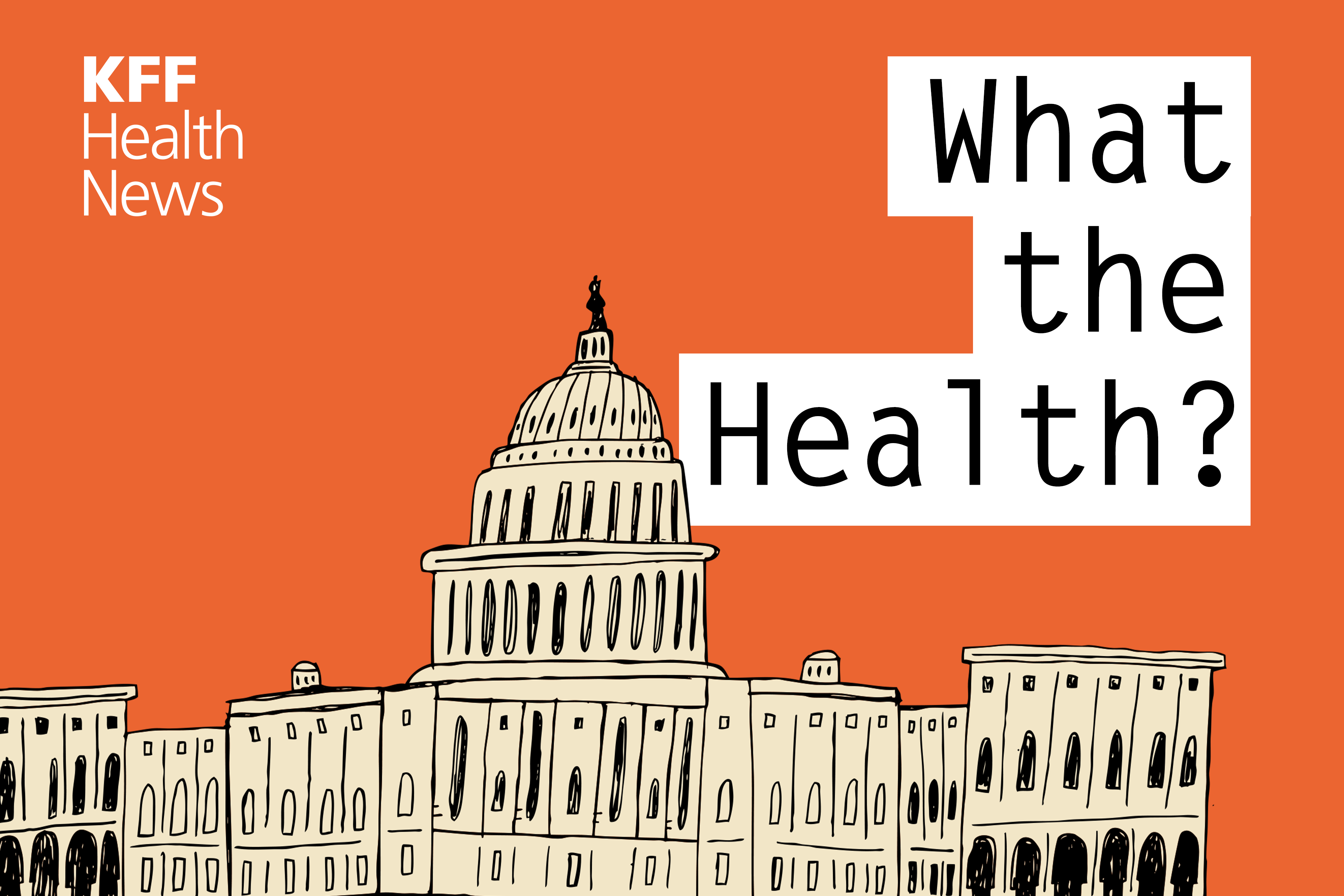The fraction of people who got an abortion in their second trimester more than doubled in states that enforced near-total abortion bans after the Supreme Court overturned Roe v. Wade, new research has found.
The study, published in the American Journal of Public Health on Thursday, found that the proportion of abortions that took place at or after 13 weeks of pregnancy jumped from 8% before a ban was enforced to 17% afterward. The average point in pregnancy when the people who participated in the study were able to obtain an abortion also rose, from 7.7 weeks gestation pre-ban to 8.8 weeks gestation post-ban.
The overwhelming majority of abortions take place during the first trimester: In 2022, nearly 93% of abortions occurred before or at 13 weeks of pregnancy, according to the Centers for Disease Control and Prevention. Diana Greene Foster, the senior author of the study published on Thursday and a professor at the University of California, San Francisco, says the increase her study found in second-trimester abortions likely wasn’t what lawmakers behind the bans had intended, but it was an “unintended effect” of the laws.
“When you increase the logistical burden to get an abortion, the delays snowball. If people are later in pregnancy, then they have to travel farther to a provider that can care for them,” Foster says. “Every pregnancy is risky, and [for] people who don’t want to be pregnant, forcing them to continue to be pregnant longer is a real burden. There’s an increased risk and burden on their well-being.”
Foster and her colleagues conducted a survey of about 855 residents in the 14 states that, at the time, had implemented near-total abortion bans: Alabama, Arkansas, Idaho, Indiana, Kentucky, Louisiana, Mississippi, Missouri, Oklahoma, South Dakota, Tennessee, Texas, West Virginia, and Wisconsin. Researchers asked clinics in those states to invite patients who received an abortion during the two weeks before a ban was enforced, as well as those whose appointment was canceled or who were unable to make an appointment because of the new law, to participate in the survey. Researchers also asked call centers that help connect people to abortion services to invite callers living in those 14 states to participate in the study. Of the 855 people who participated in the study, 196 obtained an abortion before a ban was enforced and 659 had their appointments canceled or contacted clinics or call centers after a ban took effect.
The survey asked participants to recount their experiences seeking care and their pregnancy outcomes, among other questions, every few months starting in June 2022 through June 2024. The burden of traveling to access abortion care skyrocketed after states passed near-total bans, researchers found. The mean time it took for people to travel to obtain an abortion increased from 2.8 hours before a ban was implemented to 11.3 hours after a ban was enforced. Similarly, the mean costs associated with traveling to access care rose from $179 pre-ban to $372 post-ban. And the proportion of survey participants who had to spend the night after traveling to seek abortion care jumped from 5% pre-ban to 58% post-ban.
Read More: ‘An Exodus of OB-GYNs’: How the Dobbs Decision Has Shaken the Reproductive Health Landscape
Despite these challenges, the study found that most people seeking an abortion were able to get one. About 81% of survey respondents who contacted a clinic or call center after a ban took effect in their state said they traveled to another state to get an abortion; only roughly 3-11% of people who contacted a clinic or call center continued their pregnancy to birth, the study found.
“The fact that so many people get their abortions shows that, even when it’s hard, folks understand the consequences of not being able to get care, and they do the best they can to try and get care,” Foster says. “Some people still fall through the cracks and aren’t able to get care. But people are willing to go to great lengths—literally—to get an abortion when they think they need one.”
Previously released data have shown that the number of abortions provided in most of the country has increased in recent years, even after the Dobbs v. Jackson Women’s Health Organization decision that enabled many states to implement restrictions. Research suggests that part of that increase has likely been driven by patients receiving abortion pills in the mail via telehealth. Studies have also indicated that tens of thousands of people are traveling across state lines each year to get abortions; according to data released by the Guttmacher Institute in April, about 155,100 people traveled out of state for an abortion in 2024.
Read More: What Are Abortion Shield Laws?
Foster says her research shows that the effect of abortion bans has been “to make the burden of getting an abortion much greater—to make people travel and spend the night away from their kids or miss work and just be pregnant for longer than they want to be.”
“Even when abortion is made illegal, [given] the circumstances that people find themselves in when they’re pregnant and can’t support another child, they will not feel bound by state law [and] they will do everything they can to get a safe—preferably legal—abortion somewhere else,” Foster says. “Their needs are too great to let a state policymaker decide for them.”
While working on this research, Foster and her colleagues received a grant from the National Institutes of Health (NIH). The grant, which started in September, was meant to last for five years. But a few months ago, Foster and her colleagues received a notice informing them that the NIH grant had been canceled and they should stop their research immediately.
“Their reason was that the study didn’t fit priorities, and specifically that research on gender identity isn’t scientifically useful, which is so bizarre because—never mind that gender identity research really should be done—this grant doesn’t have anything to do with it,” Foster says.
On his first day in office, President Donald Trump signed a number of Executive Orders, including one aimed at dismantling diversity, equity, and inclusion (DEI) programs. Trump also signed an Executive Order declaring that the federal government would only recognize “two sexes, male and female.” Weeks later, the NIH announced massive cuts in the funding it provides to research grants.
Foster had planned on using funding from the NIH grant to continue studying the impact that abortion restrictions are having on people’s access to care; she had already begun work on a project to collect data on how pregnant people are being treated in emergency departments. There have been many reports of people experiencing pregnancy complications being turned away from emergency rooms in states that have banned abortion.
Foster and her colleagues have appealed the decision in the hopes of getting the NIH grant restored, but haven’t heard back. For now, Foster says she has some private funding that she can use to keep moving forward with her research. But to have the NIH grant taken away “is deeply painful,” she says.
“It’s extremely frustrating because this work is important,” Foster says. “It’s important for the inevitable debates and judicial questions that will come [up] about these abortion bans. We have to have actual data to make decisions. We can’t just put people’s health in jeopardy for ideology; we need to understand what the impact will be and mitigate those harms, if there are harms.”
“But I never felt like I was going to stop doing the work,” she says. “I just knew we’d have to be resourceful and find other sources because it’s too important not to do it.”



















 English (US) ·
English (US) ·